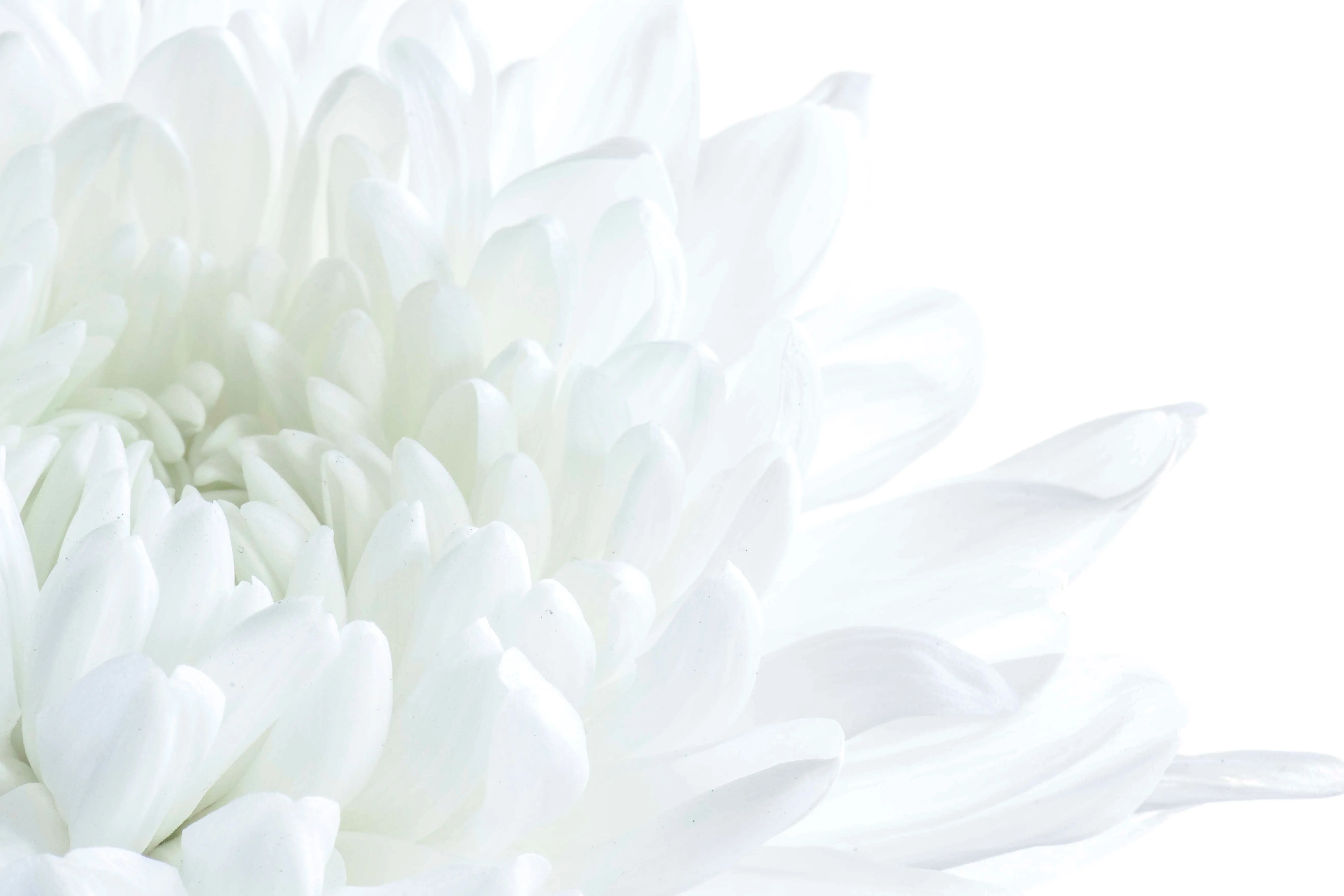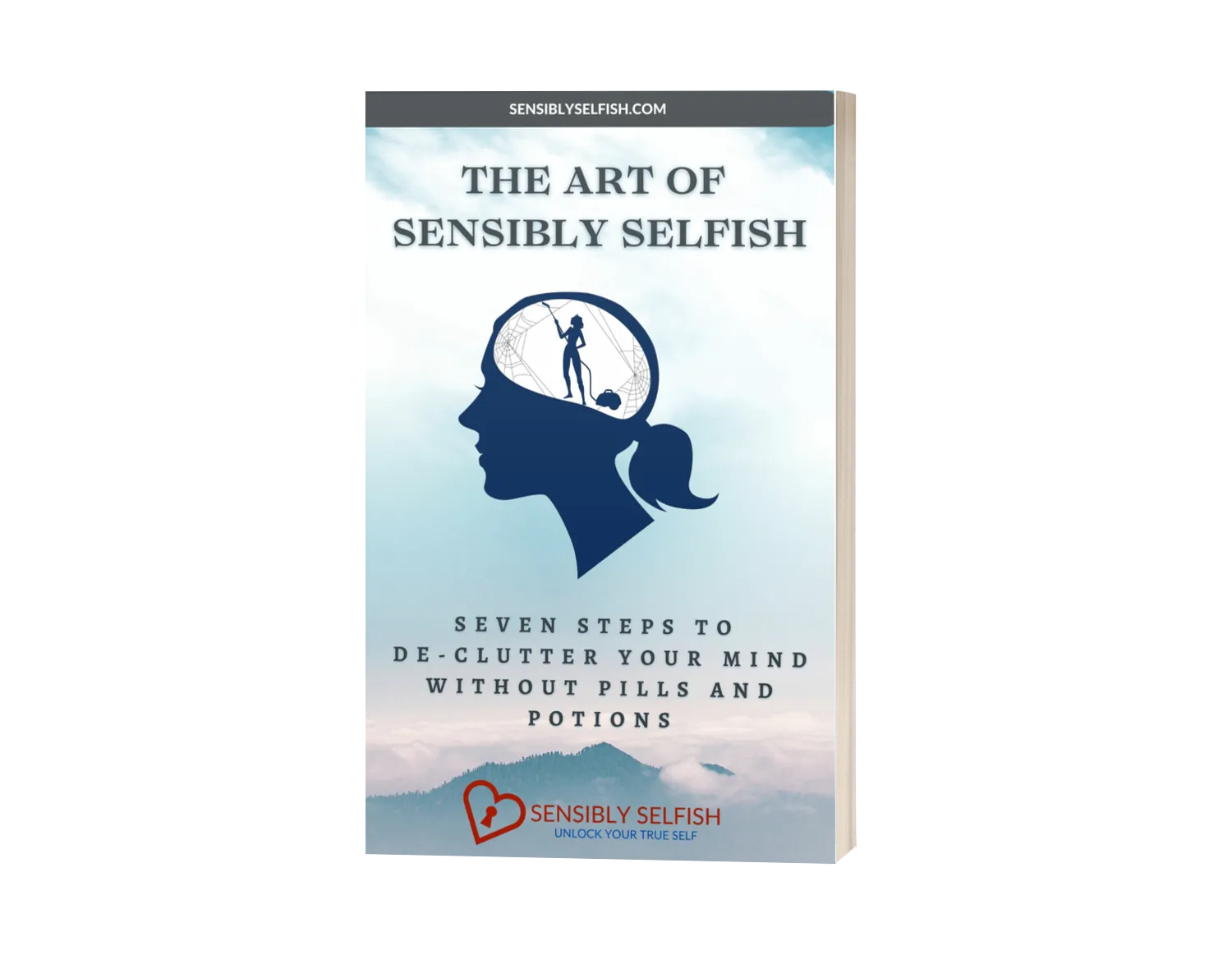The Nothing Box
Exploring Its Relevance for Women

[Toc]
In a world bustling with constant thoughts and activities, the concept of the "nothing box" has intrigued many. Originally associated with men's mental processes, it raises questions about whether women experience a similar state of mind. This blog post aims to delve into the idea of the "nothing box" and its potential relevance for women, shedding light on the diverse ways in which individuals seek mental respite.
The Nothing Box Creator
Mark Gungor is a speaker, author, and pastor known for his humorous and insightful talks on relationships and communication. "The Nothing Box" is a concept he introduced in one of his popular presentations titled "A Tale of Two Brains." In this presentation, Gungor humorously explains how men have a "nothing box" in their minds that allows them to think about absolutely nothing. He suggests that men have the ability to enter this mental state where they are not actively thinking about anything in particular, which is often perplexing to women.
The idea has resonated with many people, and it's often used to highlight the differences in the ways men and women think and process information. It's worth noting that the concept is presented in a lighthearted and comedic manner, and it's not meant to be taken as a literal scientific explanation.

Understanding the "Nothing Box"
The "nothing box" can be said to be a mental state to unwind and detach from the complexities of life. They might sit in silence, seemingly lost in thoughtlessness, and appear to be thinking about absolutely nothing. This state doesn't mean they're truly devoid of thoughts; rather, their minds might be engaged in low-stimulation thoughts or daydreaming.
While the term has predominantly been associated with men, the concept of a mental "nothing box" can also have relevance for women. Women, too, have moments where they seek mental respite, although the ways they achieve it might differ. These periods of mental relaxation could be spent engaging in creative activities, mindfulness, or simply taking time for self-care. The traditional concept of the "nothing box" could be reframed to acknowledge the diversity in how both men and women find mental solace.
Breaking Stereotypes
Recent research has shown that apart from size there are very few differences in how male and female brains function. Individuals' experiences whether male or female can vary greatly.
Some women might resonate with the traditional "nothing box," while others might have their own unique ways of achieving mental calmness. The brain differences between genders should not be a rigid framework but rather a spectrum that allows for a multitude of experiences.

The Guided "Nothing Box" Meditation: Creating Space for Mental Respite
When we are constantly stimulated and active, finding moments of mental relaxation is essential for overall well-being. Inspired by the concept of the "nothing box," a state where one can detach from the complexities of life, this Sensibly Selfish guided meditation offers a unique way for individuals of all genders to create a mental space of tranquility and respite.
Instructions:
1. Prepare for Meditation:
Find a quiet and comfortable space where you can sit or lie down. Close your eyes and take a few deep breaths to settle into the present moment. Allow your body to relax and let go of any tension.
2. Visualize the Blank Canvas:
As you continue to breathe deeply, imagine a vast white space before you. This white space represents your "nothing box." It's a place devoid of any thoughts, worries, or distractions. Visualize it as a blank canvas waiting for you to explore.
3. Engage Your Senses:
As you immerse yourself in this white space, take a moment to notice if there are any sensations, smells, or tastes present. If you sense anything, acknowledge it without judgment and gently let it go. The goal is to create an environment of pure mental stillness.
4. Observe Your Thoughts:
As you continue to breathe, you might find that thoughts, visions, and ideas start to arise. Just like clouds passing by, observe these thoughts without attaching to them. Allow them to come and go, gently nudging them out of your white space.
5. Cultivate Awareness:
Shift your focus to your breath. Feel the rhythm of your inhalations and exhalations. With each breath, let go of any lingering distractions and return to the tranquility of the white space. Embrace the silence and stillness.
6. Gradual Expansion:
Start with a short meditation session, around 5 minutes, and gradually expand it over time. As you become more comfortable with this practice, you can extend the duration to 10, 15, or even 20 minutes. The goal is not to force stillness, but to gradually expand your mental respite.
7. Embrace Your Experience:
Each meditation session will be unique. Some days, your "nothing box" might feel more elusive, while other days, you might experience deeper stillness. Embrace whatever arises without judgment. The practice itself is what matters.
8. Closing the Meditation:
As you come to the end of your meditation, take a few deep breaths and gently bring your awareness back to your surroundings. When you're ready, open your eyes and take a moment to reflect on your experience.
By engaging in this guided meditation, you're giving yourself permission to disconnect from the noise and explore the serene expanse of your own mind. With consistent practice, you'll find that you're better equipped to navigate life's challenges with a clear and focused mind. Remember, your "nothing box" is always there, waiting for you to step into its calming embrace.

Further Zero Thoughts...
Meditations alone are a wonderful way to reduce stress, improve focus, enhance mindfulness, and a greater sense of mental clarity. Yet when you take into consideration the concepts below, your Nothing Box Meditation will be a significant part of being Sensibly Selfish.
Setting Intentions: Whether it's finding mental calmness or simply taking a break from the busyness of life, setting intentions before you begin the meditation can deepen the meditation experience.
Dealing with Distractions: Acknowledge any distractions and gently redirect focus back to your blank canvas.
Personalization: ‘The Nothing Box’ meditation is always open to personalization to suit your preference. Modify any aspects to make the practice your own.
Consistency: Incorporate the "nothing box" meditation into your daily routine, even if it's just for a few minutes each day. Consistency can amplify the benefits over time.
Journaling: You may want to keep a journal to track your experiences. This can help to observe patterns, improvements, and insights that arise.

The 0-Opportunity
"There are no constraints on the human mind, no walls around the human spirit, no barriers to our progress except those we ourselves erect." - Ronald Reagan
In a changing societal landscape, it's crucial to avoid reinforcing stereotypes about gender and behavior. Men and women are individuals with their own preferences and coping mechanisms. It's essential to recognize that the "nothing box" concept might not fit neatly into prescribed gender roles. Rather, it's an opportunity to challenge these roles and celebrate the diversity of human experiences. Embracing this diversity can lead to healthier conversations around gender and mental well-being.
Whether it's a moment of quiet contemplation or an engaging creative pursuit, everyone deserves a mental space to recharge. By acknowledging that this concept is not bound by gender, we can encourage a more inclusive dialogue about mental health and relaxation. And as Ronal Regan states, perhaps there is no box at all.









